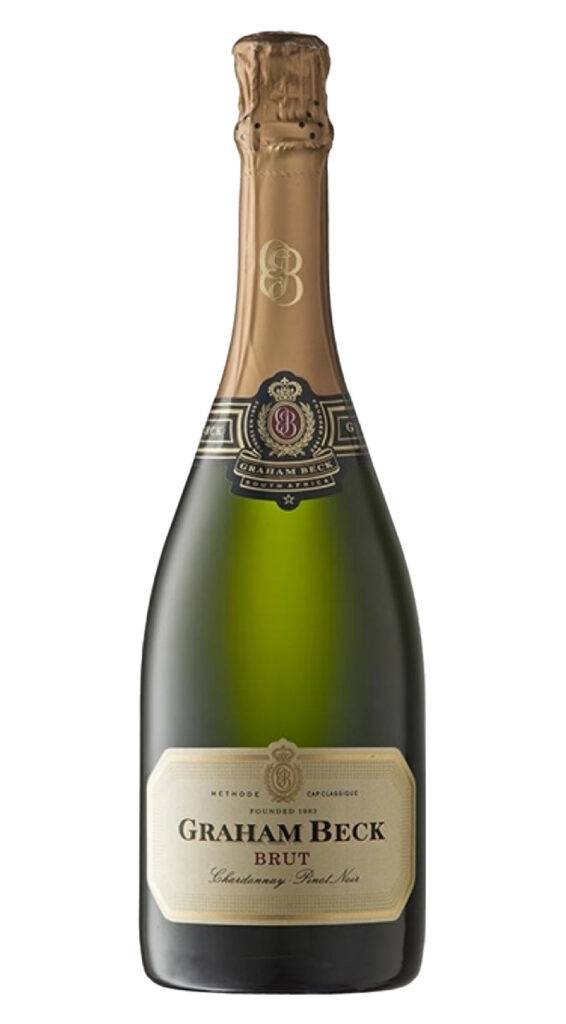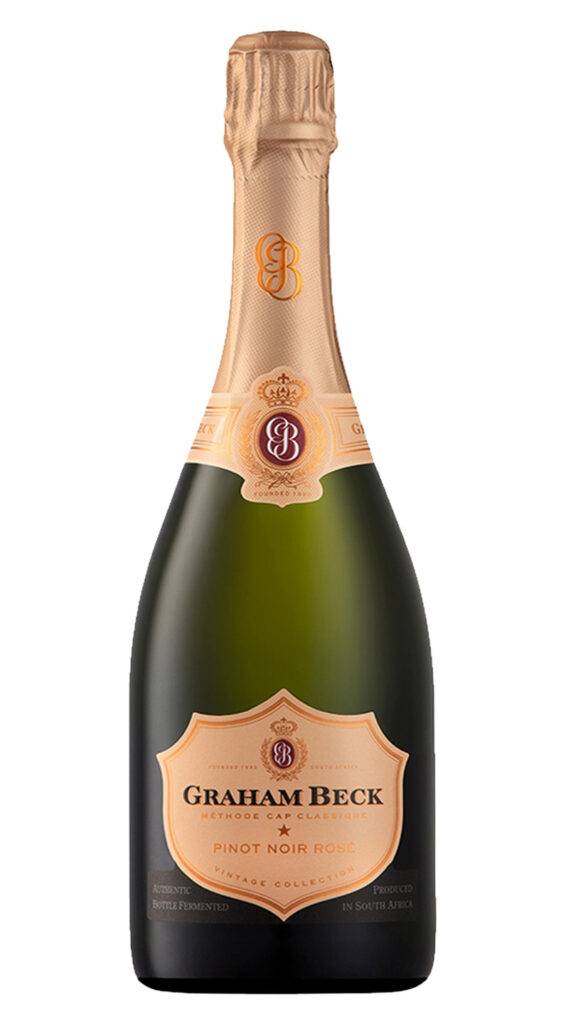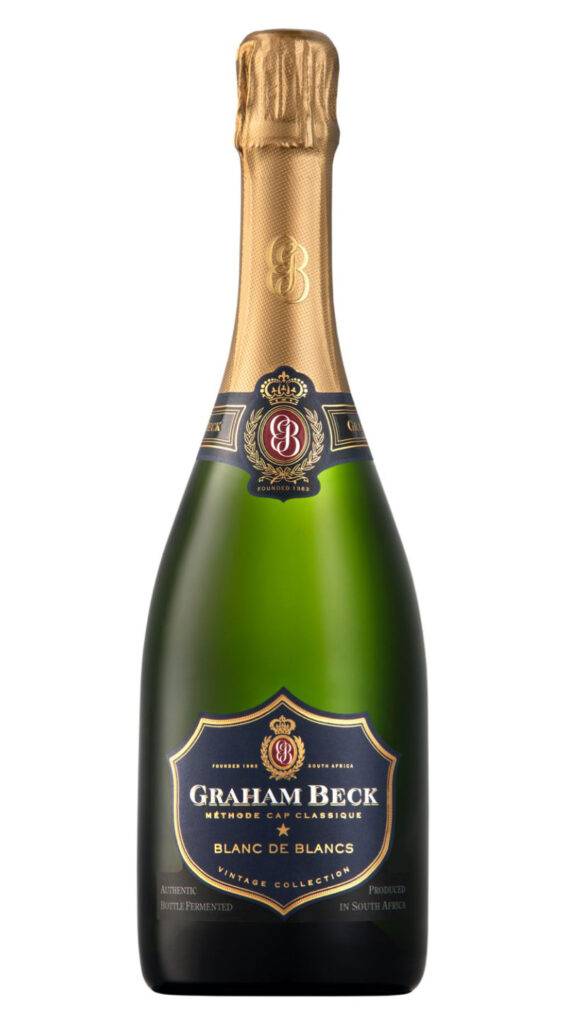Our wine columnist, Giles Luckett, catches up with Graham Beck’s Cellarmaster, Pierre de Klerk
I’ve called this piece a producer profile as that’s technically what it is, in the same way that a Ferrari is technically just another car. This is probably closer to a hymn of praise. As regular readers of this column will know, I’ve recommended Graham Beck’s wines on many occasions – and rightly so, they’re fantastic, and offer a mix of quality and value that’s hard to find. I’ve been an admirer of their wines for over twenty years and I’ve never had a bad bottle.
So what makes Graham Beck’s wines so good? To find out I caught up with their Cellarmaster Pierre de Klerk to discuss his vineyards, his wine, his thoughts on climate change and wine, and the future of South African wine in general.
Giles: Graham Beck is based in Robertson, one of the cooler areas of South African wine production if memory serves. How important is this location to the quality of your wines?
Pierre: The site is everything. You can have the best vines, the best winery, and the best winemakers in the world but if you don’t have great sits to produce great grapes, you can’t make great wine. Robertson has a cool climate, but within any one vineyard you can have microsites that produce different results. It can be challenging, but it also gives you amazing raw materials to work with.
Giles: How would you sum up your winemaking philosophy?
Pierre: For me, winemaking is about nurturing and respecting what nature gives you. When making sparkling wines, you need to keep your eye on the ball as there are just too many pitfalls. Most of the time you’re working with a mix of grapes from a number of different sites and to get consistency and harmony you need to be vigilant.

Graham Beck Brut (Majestic £11.99). White gold with amber lowlights. It’s elegant, fresh and refined, with a lovely nose of Granny Smith apples, limes, coconut, and yeast. On the palate, it’s clean yet rich and offers plenty of white fruits with hints of honey and spice. It’s perfect as an aperitif, with seafood or white meats and creamy cheeses.
Giles: South Africa makes great wines across the board. I’ve had fantastic Chardonnays, Cabernets, and Pinot Noirs from districts such as Stellenbosch, Walker Bay, and Paarl. Why do you think South Africa is so well-suited to producing sparkling wines though?
Pierre: It’s cool enough to give grapes like Pinot Noir and Chardonnay the long ripening season they need. The sunny, dry climate, low levels of disease and the diversity of the South African soils add colours to your palate to paint the final picture. Chardonnay on limestone in Robertson [very similar to those found in Champagne] is completely different to Chardonnay on granite in Stellenbosch. It’s ideal for world-class, sun-kissed sparkling wine.

Graham Beck Vintage Rosé (Simply Wines Direct £17.99). Deep pink with an inviting bouquet of red berries and blossom, this is fuller than the Graham Beck Non-Vintage Rosé (Majestic £16.99 or £11.99 on mixed six) and has cherry, mulberry and blackcurrant notes, good intensity and sufficient weight to partner with food.
Giles: ‘Right grape, right site’ is a mantra I hear a lot these days, and it’s one that seems to have played a significant role in the elevation of the quality of wines in Australia, Chile, Argentina, and South Africa. Is site selection important to you?
Pierre: Respect the best combination of soil and climate. Site selection matters hugely. Come into our cellars and taste 200 base wines [still wines from which the final sparkling wine will be made] and from two cultivars [Pinot and Chardonnay], you’ll be flabbergasted by the differences.

Graham Beck Blanc de Blancs (Majestic £18.99) is 100% Chardonnay, it’s golden, with a nose that’s delicate yet weighty and complex with apples, pears, toasted brioche, citrus and yeast. On the palate, it’s soft and yielding, with white peach, yellow plum, and red pear fruit offset by honey, spices and vanilla. There’s an intriguing mix of delicacy and intensity that is the hallmark of a great blanc de blancs, and the obvious bottle age has added depth.
Giles: How do you see the future for South African sparkling wines? More innovation? New wines?
Pierre: The future is bright for varietal [single grape] wines. We traded some Pinot Noir for some Pinot Meunier [one of Champagne’s black grapes] a few years ago and we were impressed with the results. We have now planted our own Meunier vines which will give us our first vintage in 2026. That should be very exciting.

There’s been a trend in sparkling wines in recent years to offer ‘ultra-dry’ styles. These low or no dosage – dosage being a mix of wine and sugar that’s added to balance acidity and improve mouthfeel – can be delicious, particularly when they have had some bottle age. These wines leave a winemaker with nowhere to hide, however. Underripe grapes, blending miscalculations and winemaking errors are laid bare.
Get it right though and you have marvellous wines such as the Graham Beck Ultra Brut 2016 (Vinum £19.95), a wonderful expression of this style. Deep gold with a rich, dried white fruit nose, it’s ripe on the palate and displays white fruits, honey and a touch of cocoa bean creamy bitterness. The finish is bone dry, clean, and mineral-laden. This is an intriguing style of sparkling wine that’s well worth trying.
Giles: Is climate change having an impact on South African wine?
Pierre: Climate change isn’t happening, it’s happened. It’s getting drier and it’s getting hotter. I was in Elgin, one of the coolest regions in South Africa, in February and it was 23 degrees at 7 in the morning. Chardonnay and Pinot Noir might not be the be-all and end-all in the future. We’re experimenting with new varietals. We’re excited about the possibilities, but there are challenges ahead.
Thanks to Pierre for his time and keep up the great work!

My last recommendation is the Graham Beck Cuvee Clive (Frontier Fine Wines £42.95) – this is their top wine, their cuvée prestige as they say in Champagne. Made in the finest years and using their best fruit, it doesn’t just take South African sparkling wine to new heights, but sparkling wine in general. Made from vines in Robertson and Darling, it receives three months of ageing in oak before spending five years on its lees (yeast and other bits left over after the second fermentation in bottle) ahead of its release.
The resulting wine is amber in colour, with a complex nose of apricots, dried pears, vanilla and blood orange. The palate is weighty and nuanced and floods the mouth with sweetly tinted green and yellow fruits, vanilla smoke, lime, and salt-tinted minerals. This is a mighty wine that somehow manages to remain balanced and refined.







